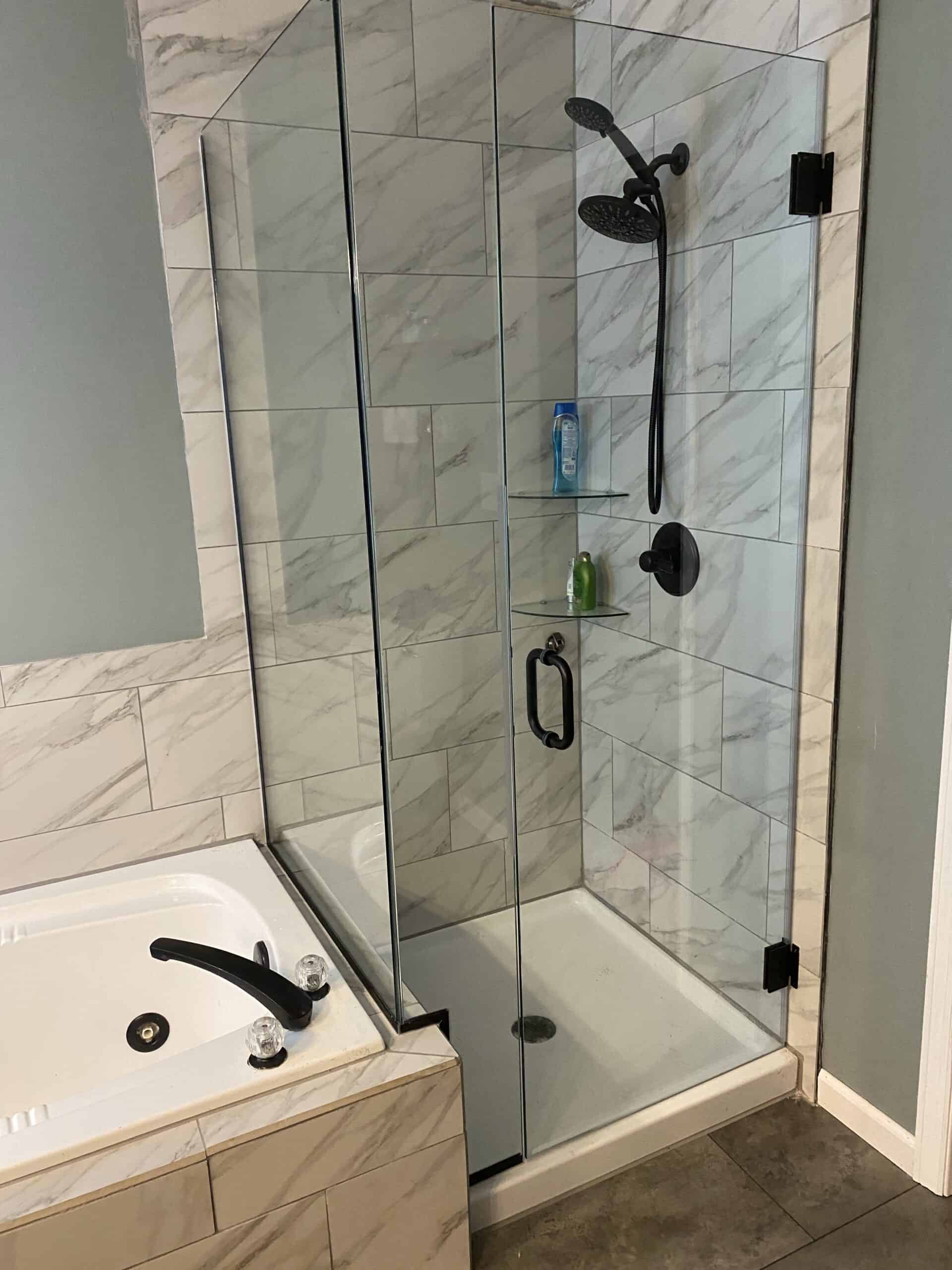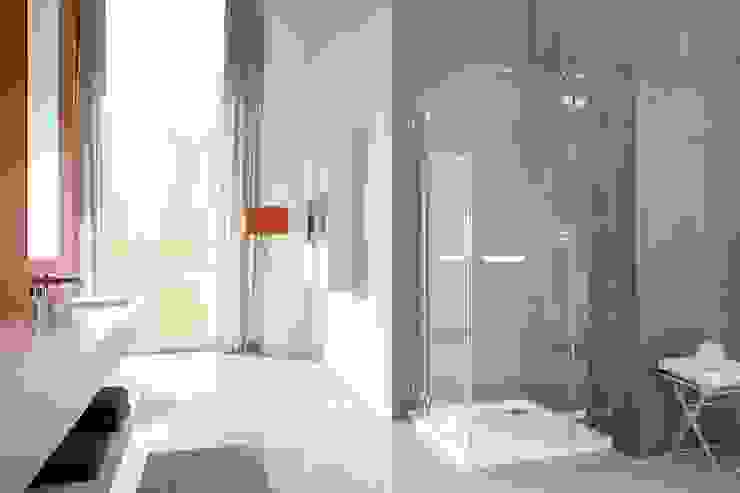Easy-to-follow Guide to Installing a New Shower Unit
Easy-to-follow Guide to Installing a New Shower Unit
Blog Article
Just how do you really feel with regards to How to Build a Shower Enclosure for Your DIY Bathroom?

A successful shower installment needs careful preparation as well as a lot of job. Most of the times, you will require to do three sorts of tasks: mounting wall surfaces, setting up the plumbing, and finishing walls.
Various Sorts Of Shower Units
Most Typical Blunders
Preparation.
Firstly, you must decide on the type of shower that you desire to install. It is necessary to ascertain whether the chosen shower is capable of managing specific systems as well as can control a safe level of water through the boiler. Most shower units nowadays are designed to be versatile to various water pressures (such as saved warm water and chilly keys).
It is also important to think about the water stress as well as the preparation of the piping and also water drainage for the shower.
Technique.
Relying on the sort of shower you wish to install, the shower head have to either be suited order to avoid its contact with the water in the bath listed below or the base tray, or it should have a check shutoff.
Before starting, it is suggested to note the placements of the shower head and also control, as well as to prepare the pipe-work involved. Additionally, the drainage system to remove the drainage will require to be intended. Both settings of the cable path and the shower button will additionally require to be taken into consideration if an instantaneous or electrical shower device is being installed.
Make use of the instruction overview provided with the shower unit to fit the shower control.Before suitable the pipes that will provide the water to the shower system, it is necessary to remove the water system. In order to secure the pipes, they need to be provided a waterproof covering as well as also fitted with separating valves. The pipes can then be hidden into the wall surface as well as plastered over to neaten the overall appearance.
Fit the base tray, shower head, and fittings.
Connect the primary shower control to the pipelines that will certainly be supplying the water (This might call for a female screw string adapter).
Reconnect the water system and also test the pipes for any type of leakages, as some might require tightening.
If you are installing an electric shower, bear in mind to turn off the power supply before making any electrical connections. As soon as these connections have been made (there must be assistance within the instruction manual), the power supply can be changed back on.
Changing Water Stress to Match Your Shower.
The cold water reservoir can be lifted to a greater height (occasionally as low as 150mm (6inches)) by installation a solid wood assistance under it - possibly composed of struts and blockboards. If you choose this alternative, the main and also distribution pipes will certainly additionally need to be increased to fulfill the brand-new elevation of the reservoir.
Conversely, a booster pump (a single pump or a dual/twin pump) can be fitted. Whichever kind is chosen, it should be linked into the power supply in order to operate.
Piping as well as Drain.
It is best to utilize 15mm diameter supply pipes, as well as make the runs to the shower as short and also straight as feasible so regarding preserve maximum pressure and also reduce warm loss. Additionally, by minimising making use of arm joints for pipe corners, you can lower the resistance in the circulation of the water system. You can achieve this by flexing the pipelines rather.
How Do You Install a Shower? Follow This Guide
Installing a Shower at a Glance
Tools & Materials: Level, electric drill, caulk, hole saw, cedar shims, shower unit Step 1: Drill pilot holes Step 2: Prep fixture holes Step 3: Move unit into place Step 4: Caulk corners and base Step 5: Attach door Step 6: Install shower pan Whenever plumbing is involved in a DIY project, people worry about what might go wrong. The truth is that installing a shower isn’t that complicated, and you can save a lot of money by doing it yourself. You shouldn’t need to make any alterations to your plumbing to complete the job, and most of the tools you need will be provided in your new shower kit.
Can I Install a Shower Myself?
Even if you’ve never installed a shower before, you’ll find this to be a project that is perfectly suited for DIYers with a moderate level of experience. Whether you're doing a bathtub conversion or installing a new stall, most of what you need comes in shower kits that you can purchase from a hardware store. The first thing you need to do is determine what type of shower stall you want.
Single-panel stalls are the easiest to install because they come preassembled. All you need to do is put them in place. Multi-panel showers require a few additional steps, but you’ve got more control over the appearance of your unit. Multi-panel units are also much easier to handle if you’re going to do the installation without any help.
Be sure to take all appropriate safety precautions, such as wearing eye protection and gloves. When you’re removing or installing a shower unit, you might kick up debris that could hurt your eyes. You’ll also need to work with equipment that will get extremely hot, so be sure to have safety gloves handy.
Tools and Materials
2- to 4-foot level Electric drill with a 1/8-inch drill bit Caulk 2-inch hole saw Cedar shims The unit itself Before You Begin: Prep the Space
It’s highly important to measure your space accurately before putting the stall in. Measuring from the floor upward and from each corner outward will ensure you’ve got the right measurements. What you’re looking for is where the plumbing apparatuses are going to come through the stall. Transfer these measurements over to the back of your unit by drawing the locations of these holes using a pencil or marker.
Pull out your old shower and make sure to scrape off all the old caulking. Be thorough because you want to work with smooth surfaces for the best installation. Once you’ve pulled out your existing shower, you need to make sure that the floor is clean and dry. The best way to clean debris is with a shop vacuum, as it’ll soak up water and dirt together.
If you’re experiencing any plumbing issues, such as low water pressure, this is a perfect opportunity to solve them. Make sure that the pipes themselves are not in need of patching and clean your showerhead. When you turn the water back on after your project, check the pipes for signs of wear or disrepair. Anything beyond minor repairs should be handled by a plumber, and this is the best time to bring in a professional.
If the floor has any moisture at all, don’t proceed until it’s completely dry. The last thing you need is for the floor to rot or invite mold and mildew into your base. Once everything is dry, apply waterproof wallboard to the walls. This can be attached with screws or nails, then sealed with caulk so that water doesn’t seep into any crevices.

Do you like more info about How to Install a Shower Enclosure ? Put a review below. We will be delighted to hear your ideas about this page. We are looking forward that you visit us again soon. Are you aware of somebody who is excited about the niche? Take a moment to promote it. I am grateful for your time. Please pay a visit to our website back soon.
Book Now Report this page